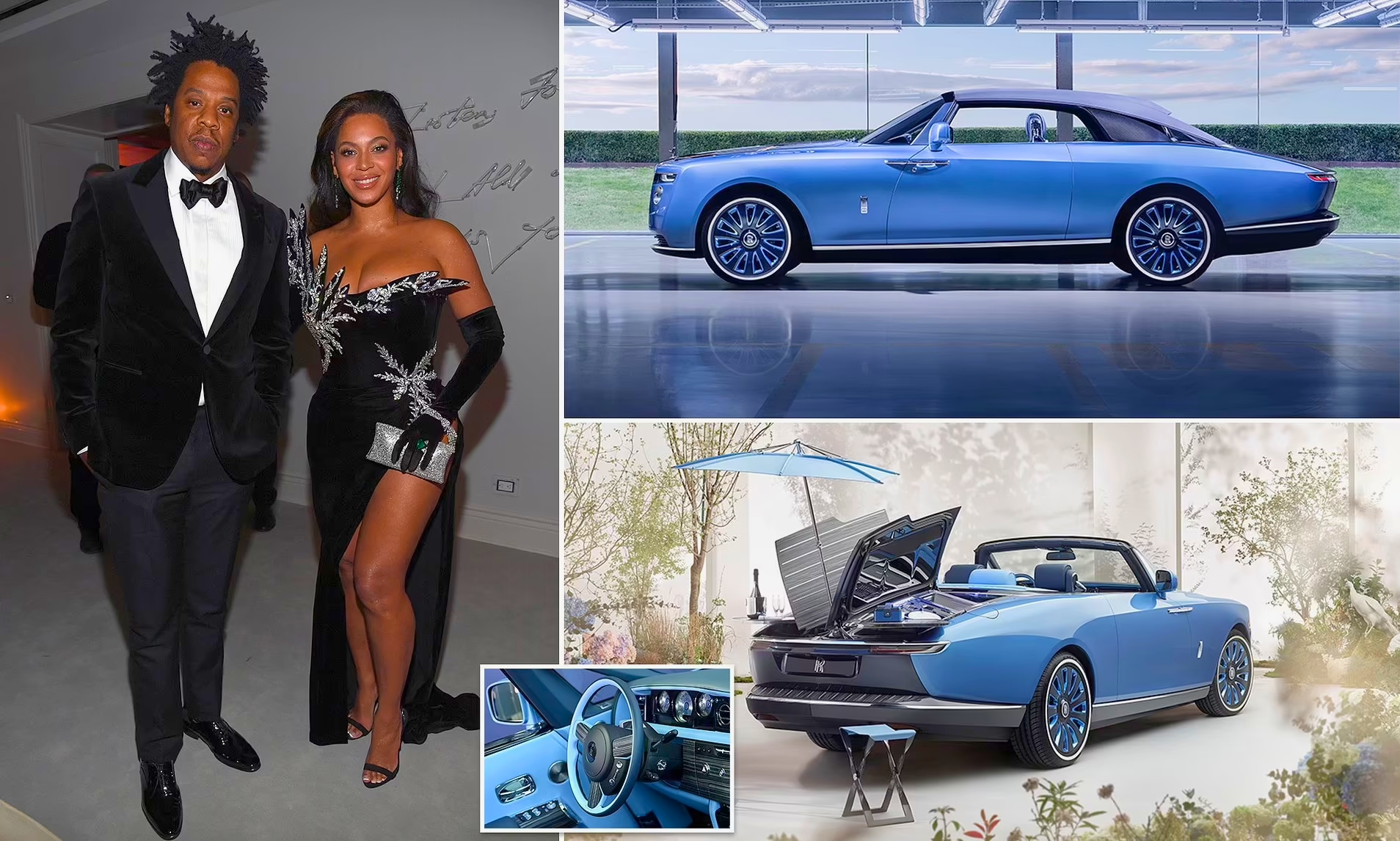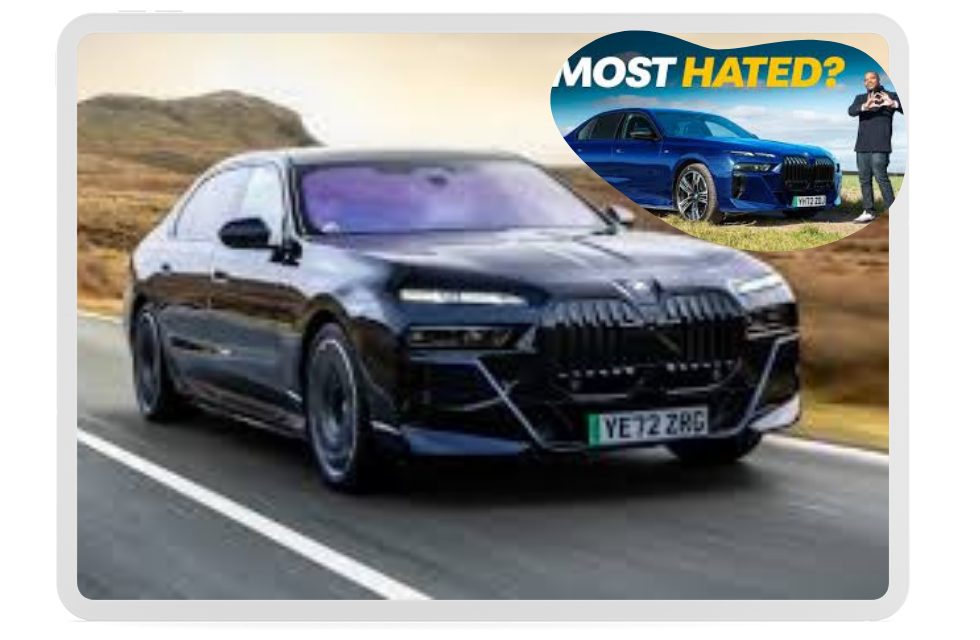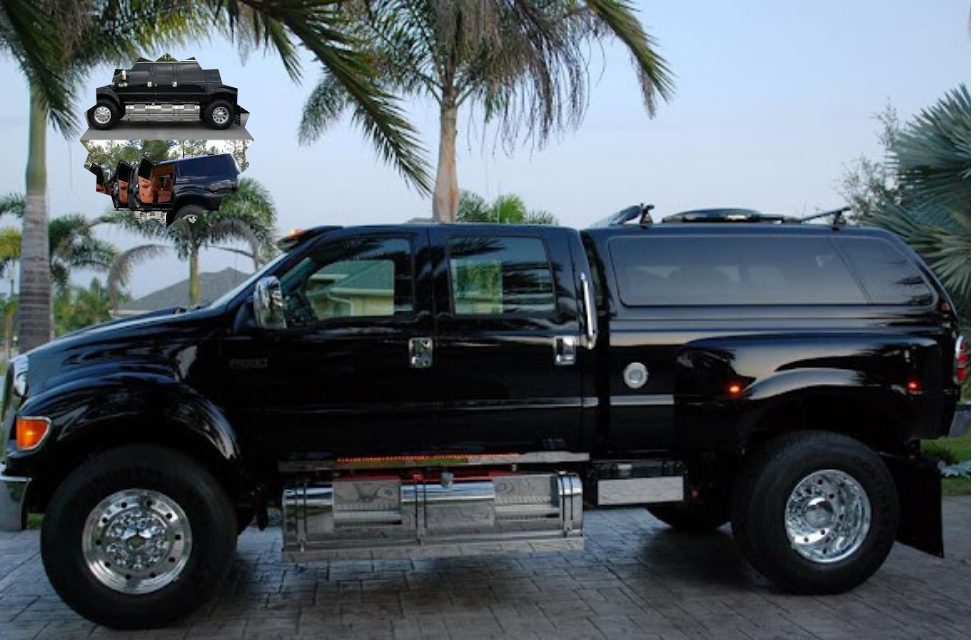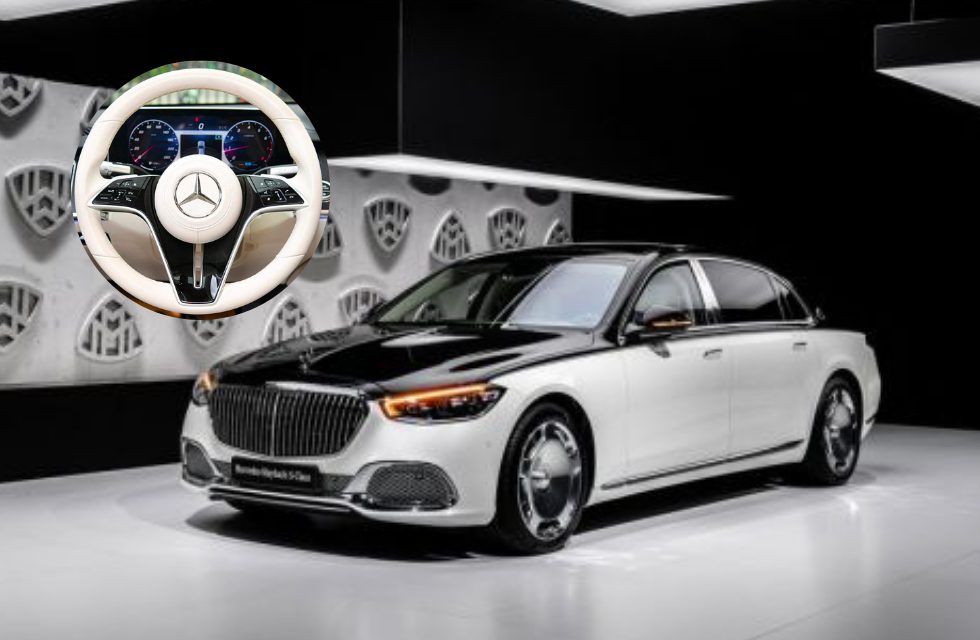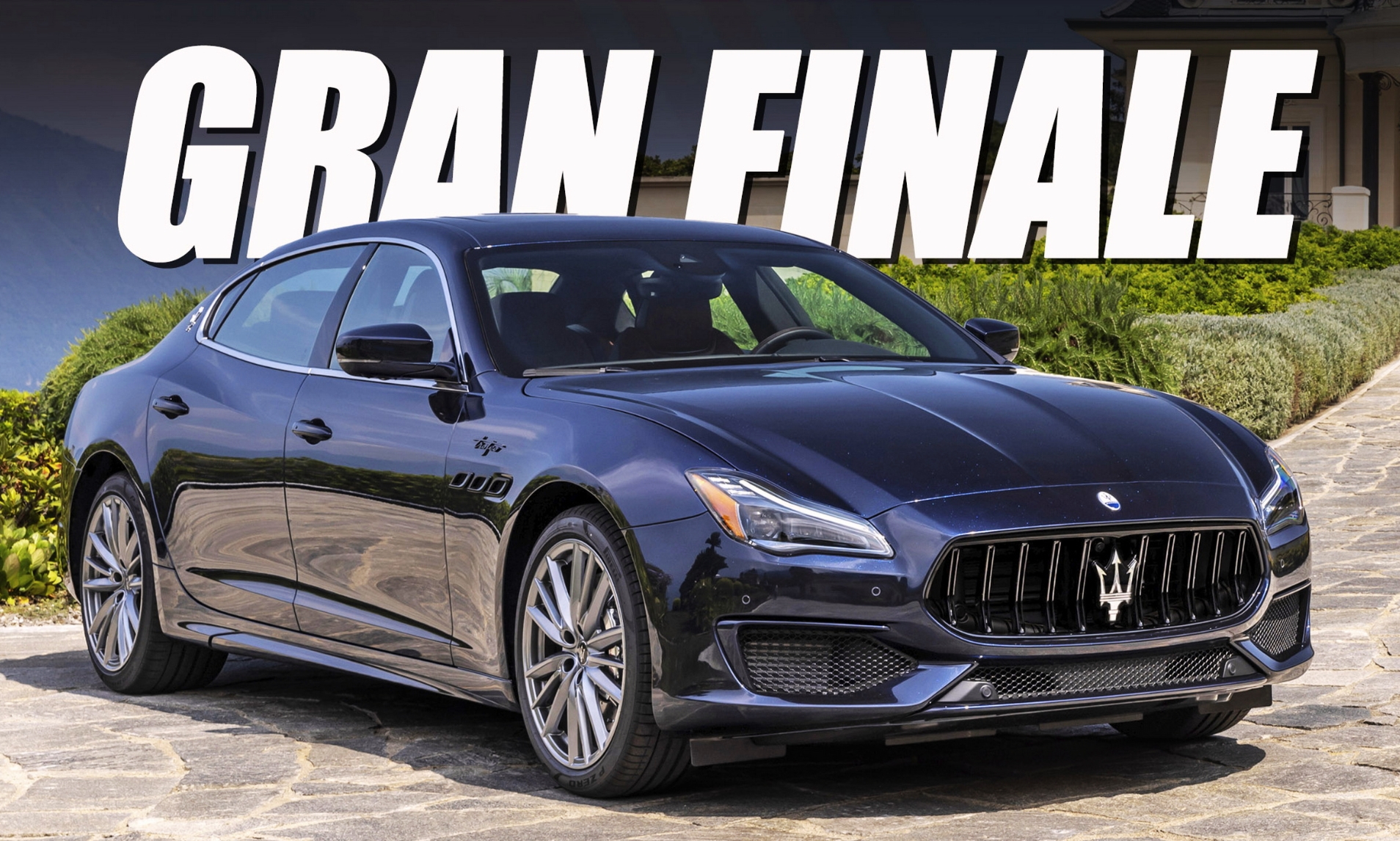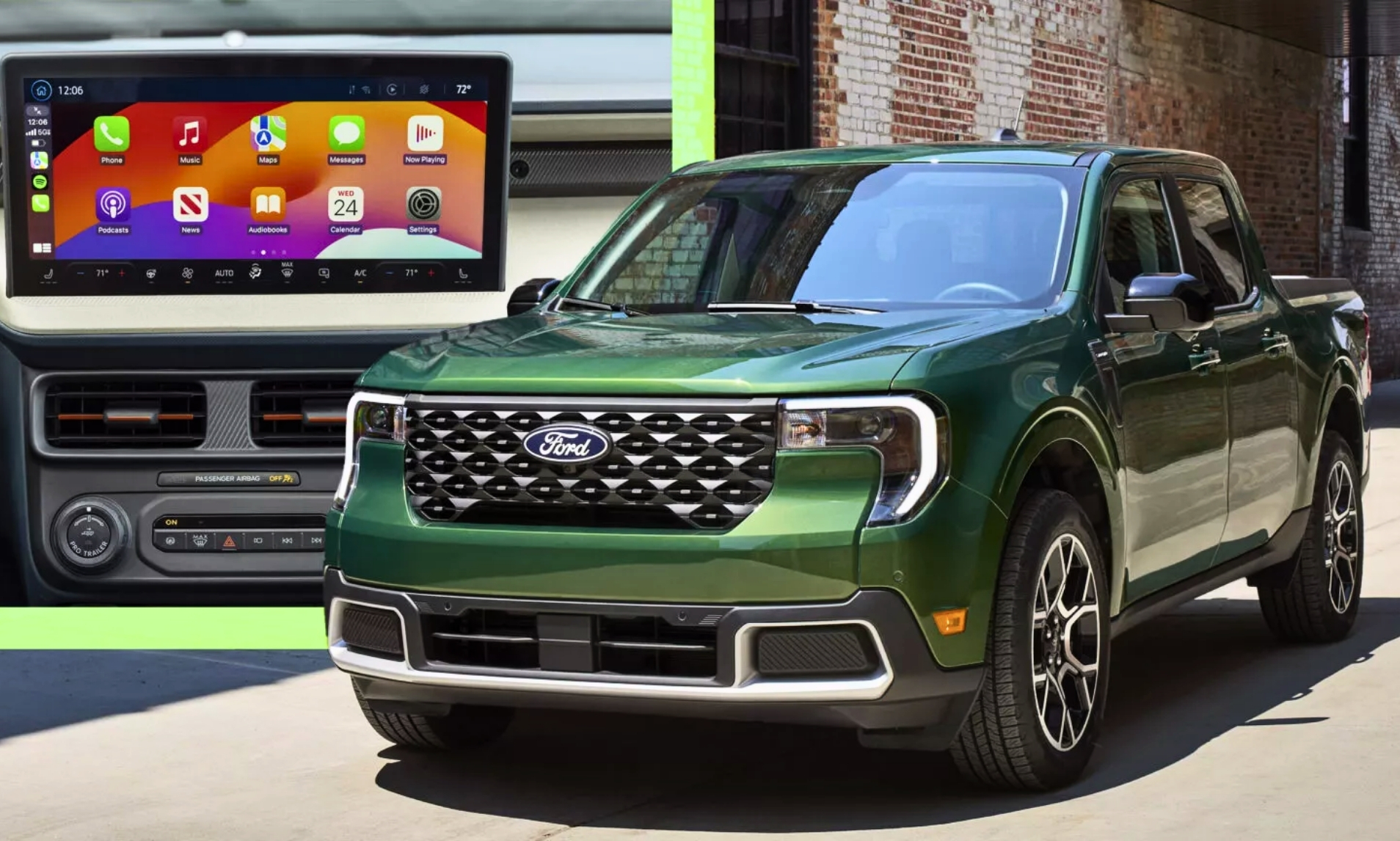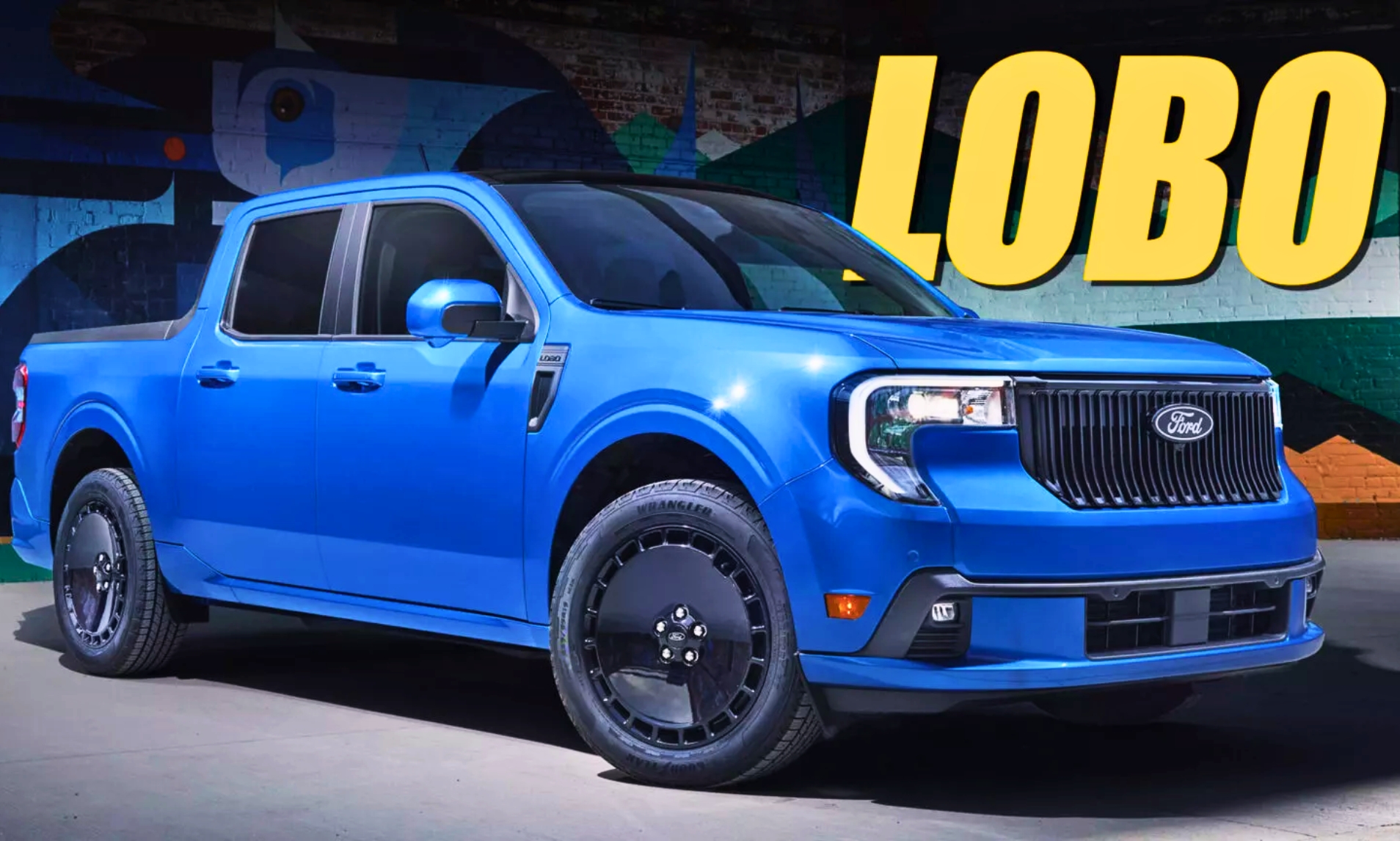The open-top configuration actually increases downforce by five percent.
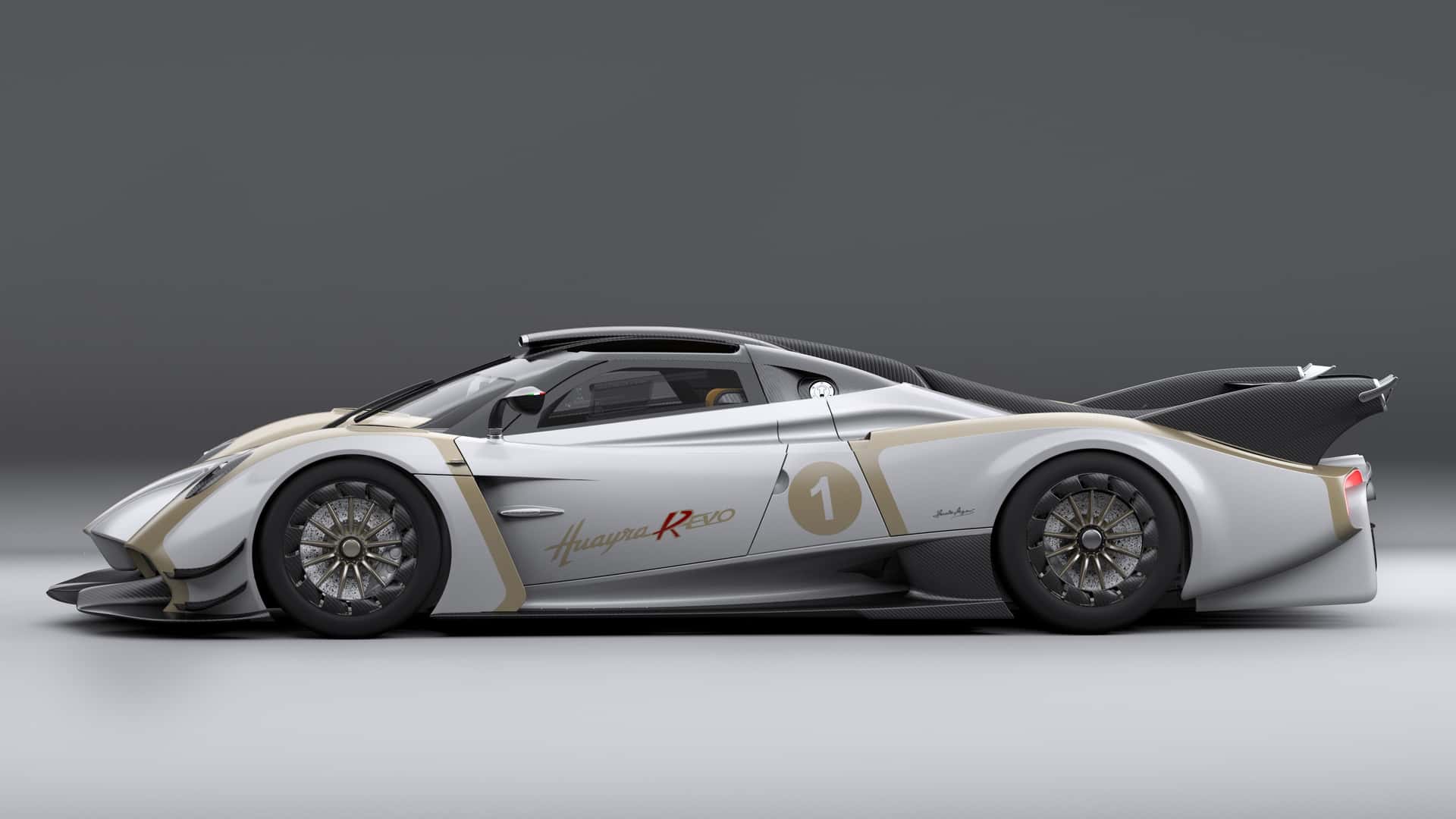
Pagani on Thursday revealed new supercar called the Huayra R Evo, a new, even more ferocious version of the Huayra R track car that launched in 2021. Pagani has made several improvements to the model while giving it pop-out roof panels that improve the car’s aerodynamic downforce when removed.
The car packs an updated version of the Huayra R’s naturally aspirated, 6.0-liter V12 engine called the V12 R-Evo. It makes 900 horsepower and 567 pounds-feet (770 Newton-meters) of torque, an increase of 50 and 14 (20), respectively. The extra ponies comes from a new trumpet design for the intake manifold, new camshafts, and a tweaked exhaust system.
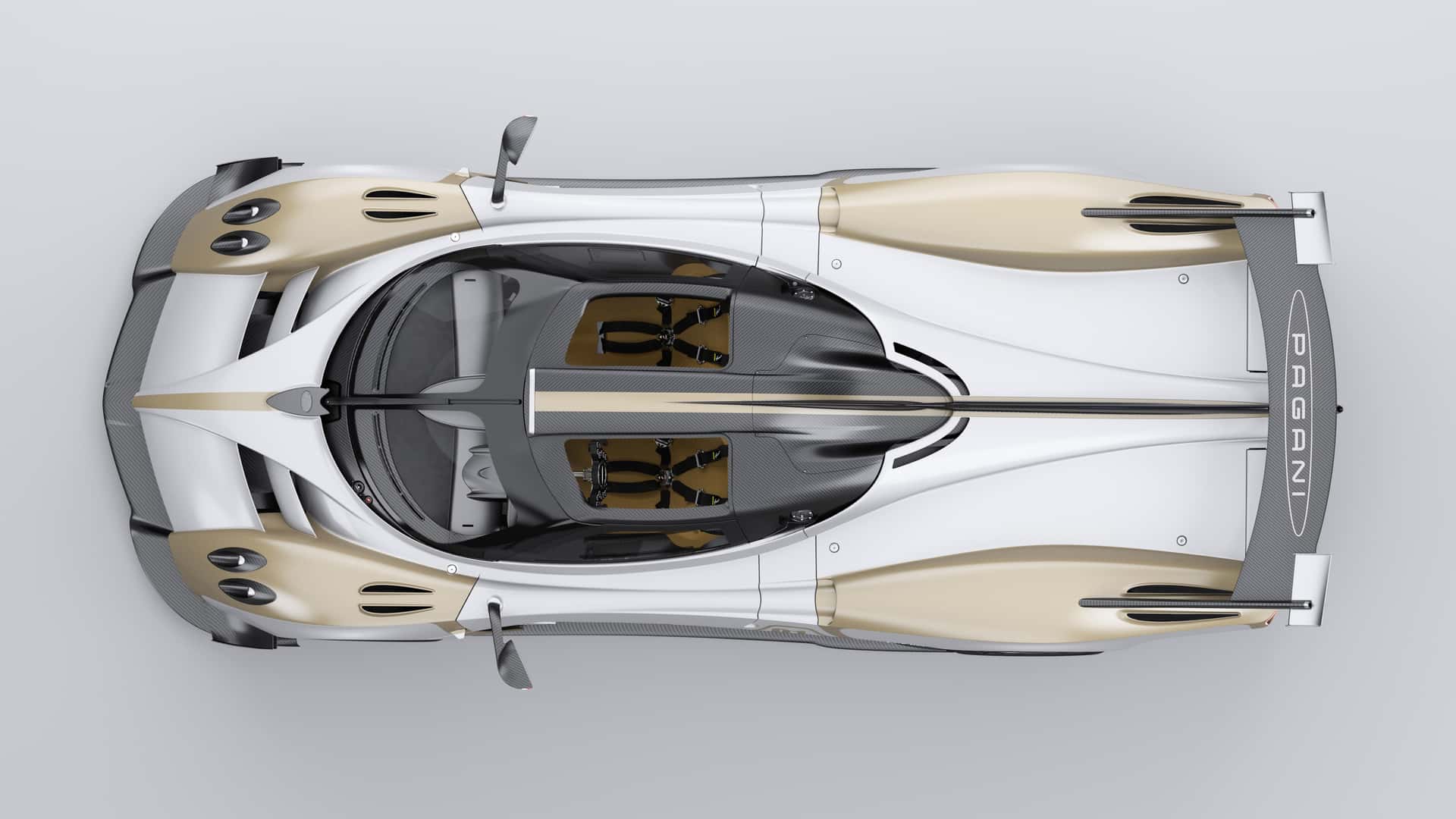
Sitting between the engine and rear wheels is the six-speed sequential gearbox Pagani designed in collaboration with HWA AG for its Huayra track cars. The non-synchronized dog ring gearbox weighs just 176 pounds.
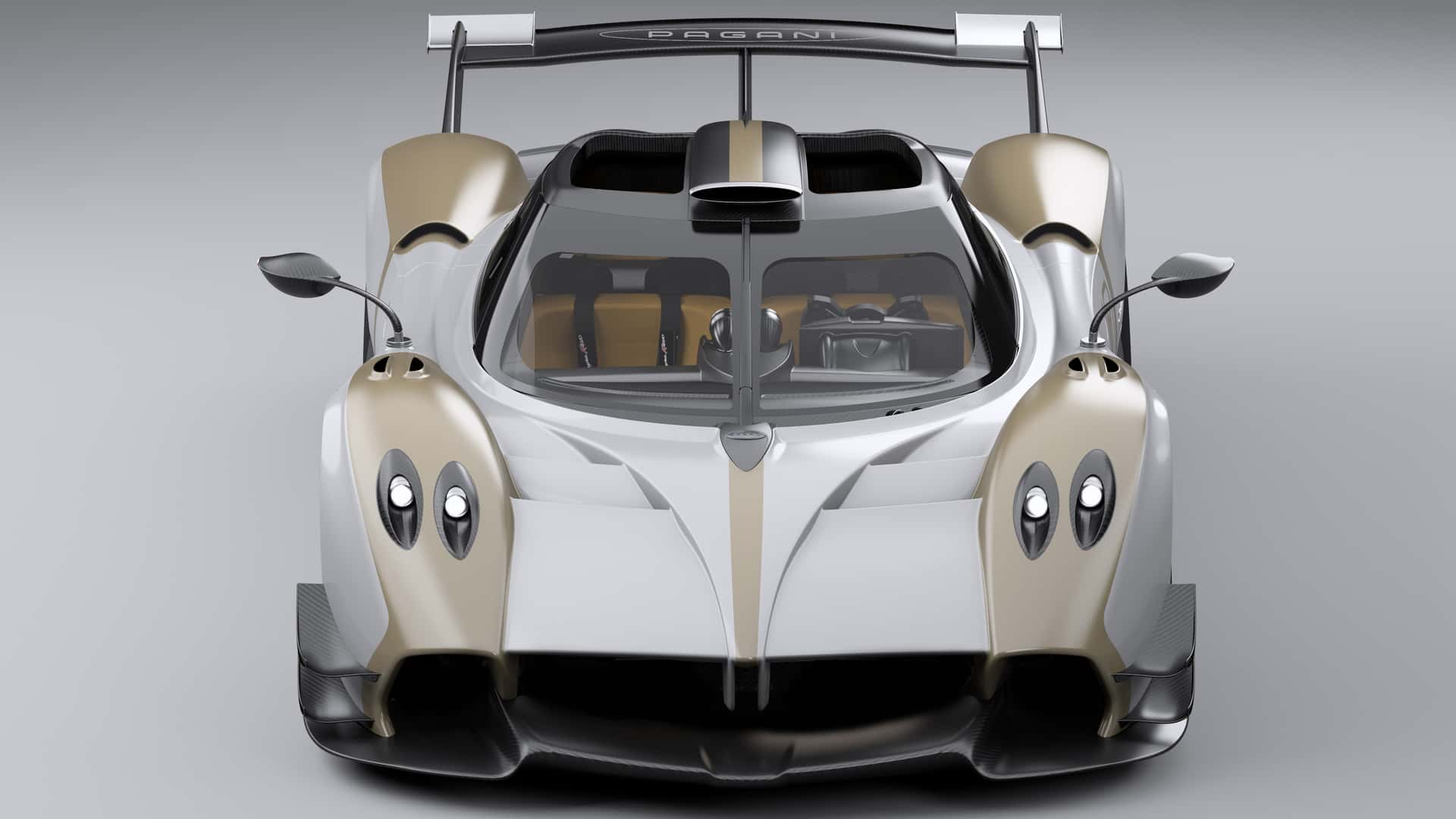
The car keeps everything comfortable with its forged aluminum alloy double-wishbone suspension, helical springs, and electronically controlled shock absorbers. A new heave damper further enhances its handling capability.
The car has a 218-mile-per-hour top speed, with Pirelli P Zero Slick tires measuring 280/680 R19 at the front and 345/725 R20 at the rear. Stopping power comes from new CCM-R self-ventilated carbon ceramic brakes and bespoke racing pads.
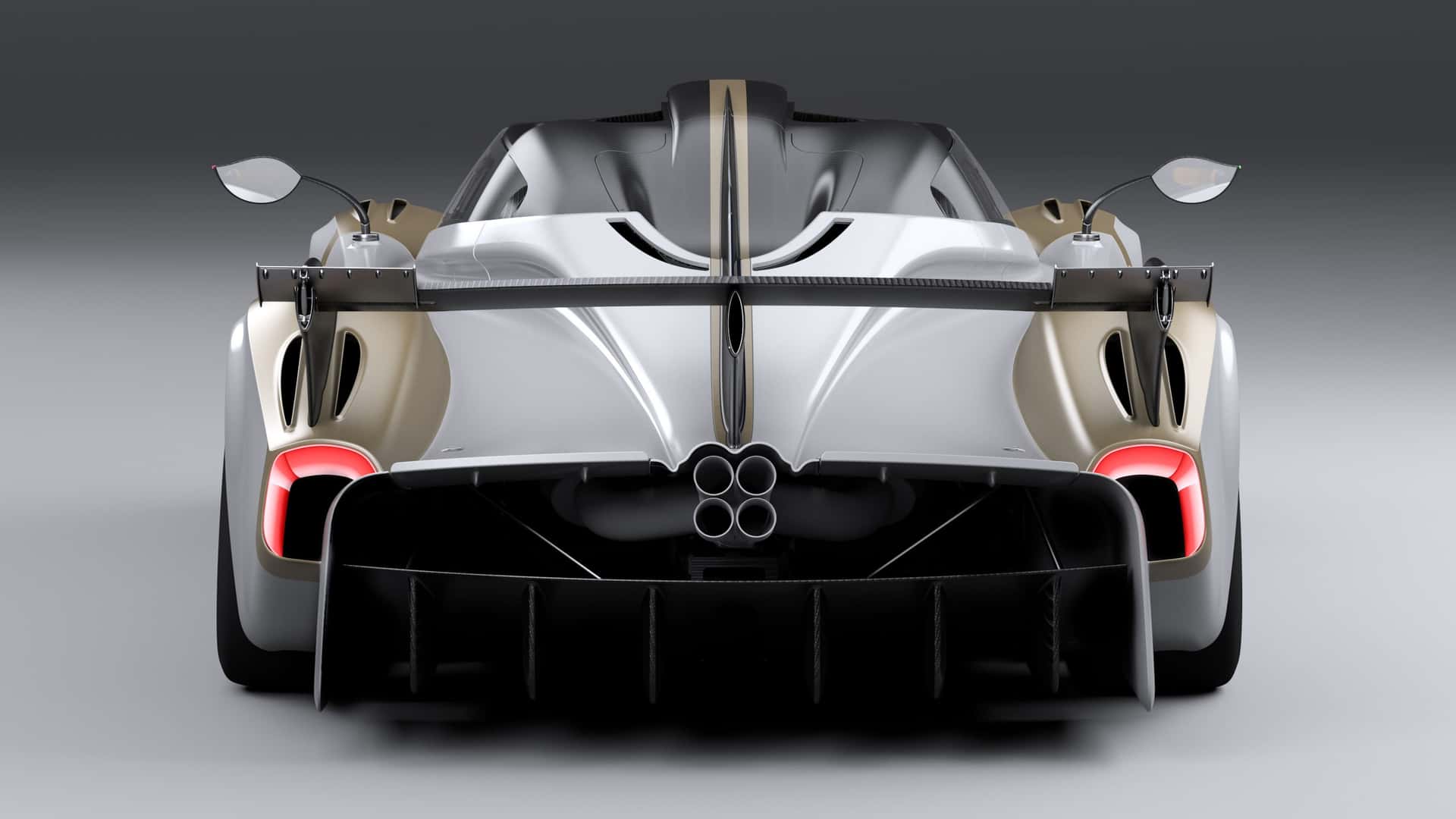
Pagani has given the Huayra R Evo the “codalunga” (long-tail) treatment, extending the front splitter by about four inches, which integrates and supports the ductwork for the cooling systems. It’s also about 7.5 inches longer at the rear, with a new central stabilizing fin supporting the big rear wing alongside the integrated supports.
The tweaked design results in a 45 percent increase in downforce, and the open-top configuration boosts the total downforce by 5 percent thanks to the increased front and rear vertical load. At 199 mph, the Huayra R Evo generates more downforce than its running weight. It tips the scales at 2,337 pounds dry — about 150 pounds less than a new Miata.
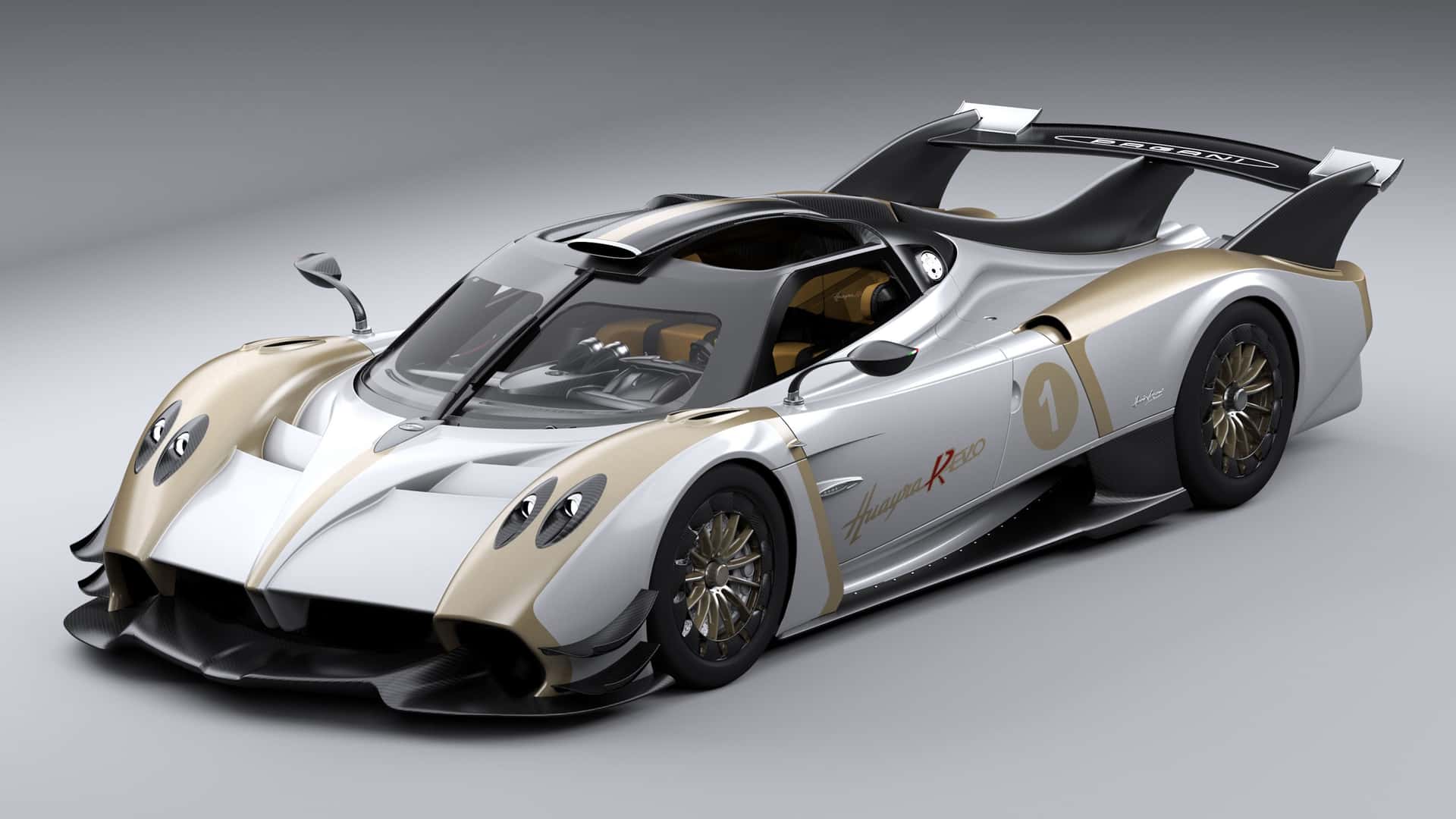
Inside, the seats, which Pagani covers in fireproof material, feature six-point harnesses and carbon-fiber headrests with dedicated lateral protection. Pagani can configure in either left- or right-hand drive.
Horacio Pagani got the idea for the open-top Evo while watching a Formula Indy race in Nashville. The car took about two years to complete, which Pagani says can match the performance levels of today’s Le Mans Prototype 2 race cars. Hopefully the few lucky owners will take their cars to test out that claim.

